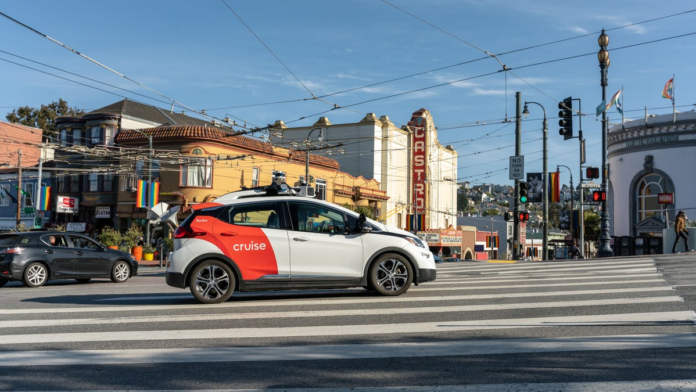Cruise’s comeback has it returning to the “City of Hate” as it seeks redemption and attempts to heal its wounded reputation.
Google leak shows it might be lying about its Search algorithm CC Share Subtitles Off
English view video Google leak shows it might be lying about its Search algorithm
On Monday, General Motors’s self-driving car subsidiary officially resumed manual driving of its vehicles in Dallas, Texas, which will allow it to create maps and gather road information. Collecting that data will help train Cruise’s driverless systems and allow it to return to autonomous driving.
It follows Cruise’s earlier return to Phoenix in April. After roughly a month of manual testing, Cruise announced the return of supervised autonomous driving, meaning its cars will drive themselves with a driver ready and able to take the wheel if necessary.
Cruise was forced to suspend operations last October after one of its driverless cars dragged a pedestrian for roughly 20 feet after a separate — human-operated — car hit them. The incident led to the revocation of its license to operate in California, a recall of its fleet, layoffs, and the departure of several executives.
Testing in Dallas had been in its final testing phase for an autonomous launch before the incident. Now, after about eight months, Cruise is back.
Advertisement
“Dallas is a city on the forefront of innovation,” Cruise said in a statement. “Together, we believe self-driving technology can significantly improve road safety and provide a more sustainable transportation option that directly addresses the needs of Dallas communities.”
In the months since the October incident, Cruise has attempted to regain the public’s trust, hiring a Ford and Apple veteran to be its new chief safety officer and publishing a highly critical third-party report. The company has said it “maintained ongoing and extensive testing in complex, dynamic simulated environments and on closed courses” during its almost six-month operational freeze.
With testing resuming in Dallas, it may be only a matter of time before Cruise returns to Austin and Houston, where it had also been testing its vehicles.
Texas has become a major state for autonomous startups, playing host to at least 15 companies as of November. The state has also partnered with Cavnue to pilot the U.S.’s first autonomous freight corridor on a stretch of Texas State Highway 130 north of Austin.
Cruise’s operating loss totaled $3.48 billion in 2023. GM is planning to reduce the subsidiary’s expenses by about $1 billion to “slow the cash burn and align with a narrower focus in 2024,” it said in January. Before the October incident, CEO Mary Barra said Cruise could generate $50 billion annually by 2030.




